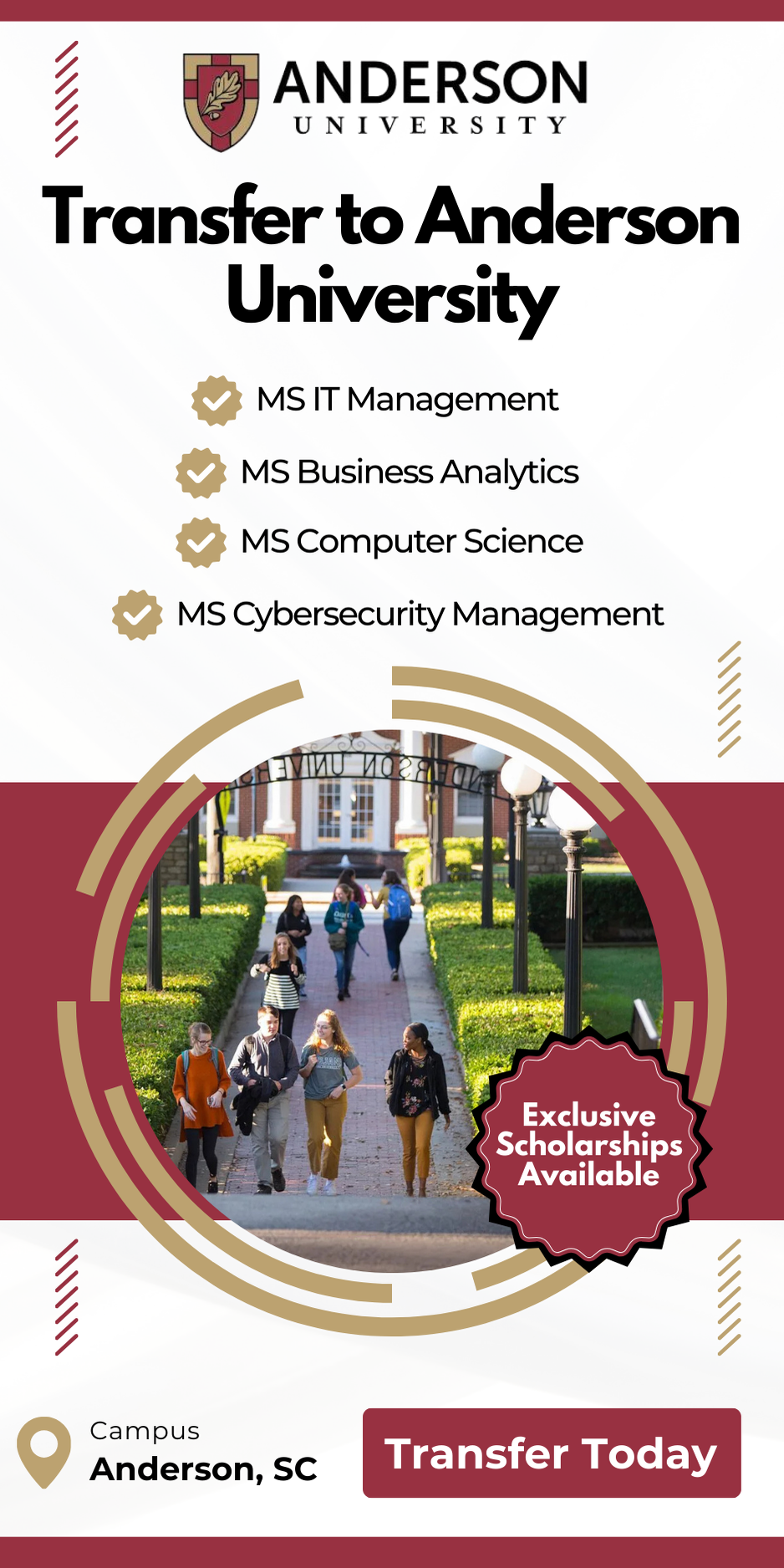The H-1B visa lottery is a pivotal step for many foreign professionals aiming to work in the United States. With the lottery for Fiscal Year (FY) 2025 concluded, it’s essential for applicants whether selected or not to understand their next steps and available options.
For Selected Applicants
Petition Filing
- Timeline: Employers must file a Form I-129, H-1B petition for selected beneficiaries within the USCIS-designated filing window (typically starting April 1 following the lottery).
- Documentation: Required documents include:
- Certified Labor Condition Application (LCA) from the U.S. Department of Labor
- Proof of the beneficiary’s educational qualifications
- Valid passport and immigration records
- Any supporting documents to prove eligibility for a specialty occupation
- Certified Labor Condition Application (LCA) from the U.S. Department of Labor
USCIS Adjudication
- Processing Options:
- Regular Processing: May take several weeks to months.
- Premium Processing: Available for a 15 calendar-day adjudication, currently at $2,805.
- Regular Processing: May take several weeks to months.
- Outcome: If approved, the employer and beneficiary will receive a Form I-797 Notice of Action, confirming H-1B status and start date (typically October 1).
For Non-Selected Applicants
Consider Cap-Exempt Opportunities
- Cap-Exempt Employers: Universities, nonprofit research institutions, and government research organizations can file H-1B petitions year-round without being subject to the annual cap.
- Concurrent Employment: It’s possible to work simultaneously for a cap-exempt and a cap-subject employer if eligibility criteria are met.
Explore Alternative Visa Options
- O-1 Visa: For individuals with extraordinary ability in sciences, education, business, arts, or athletics.
- L-1 Visa: For intracompany transferees, typically used by multinational employers.
- E-2 Visa: For nationals of countries with treaties of commerce and navigation who are investing substantially in a U.S. business.
Further Education
- Pursue Advanced Degrees: Enrolling in a U.S. master’s or Ph.D. program may offer F-1 status and related work benefits.
- OPT and CPT: F-1 students can take advantage of Optional Practical Training (OPT) and Curricular Practical Training (CPT) to gain U.S. work experience.
- STEM OPT Extension: Students with degrees in STEM fields can apply for a 24-month extension of OPT, increasing future H-1B filing chances.
Future H-1B Petitions
- Strengthen Your Profile: Gain specialized skills, certifications, or U.S.-based experience to improve chances in future lotteries.
- Stay Updated: Monitor USCIS announcements for changes to the H-1B process and registration timelines (typically opens every March).
Navigating post-lottery outcomes requires a strategic approach and timely action. Whether continuing through the H-1B process or exploring alternative paths, consulting an immigration attorney can help personalize your strategy and avoid legal pitfalls.
People Also Ask (PAA)
- What should I do if I am selected in the H-1B lottery?
Your employer must file an H-1B petition (Form I-129) within the designated USCIS filing period with all required supporting documentation. - How long does it take for USCIS to process H-1B petitions?
Regular processing varies by service center, but premium processing offers adjudication within 15 calendar days. - Can I reapply if not selected in the H-1B lottery?
Yes. You can re-enter in future years or explore employment with cap-exempt employers. - What are cap-exempt H-1B employers?
These include nonprofit research organizations, universities, and some government entities not subject to the annual H-1B cap. - Are there alternatives to the H-1B visa?
Yes. Options include O-1, L-1, and E-2 visas, depending on your background, employer type, and nationality. - What is the O-1 visa?
The O-1 visa is for foreign nationals with extraordinary ability in their field, such as science, arts, education, business, or athletics. - How can further education help if not selected in the H-1B lottery?
Advanced degrees allow for F-1 status, along with OPT/CPT work authorization, and potentially improve H-1B prospects in future years. - What is the STEM OPT extension?
A 24-month extension of OPT for F-1 students with STEM-designated degrees, offering extended work authorization in the U.S. - Can I work for multiple employers with an H-1B visa?
Yes, with appropriate H-1B approvals for each job. Concurrent employment is especially common with one cap-exempt and one cap-subject employer. - When is the next H-1B lottery?
The FY 2026 H-1B lottery registration period is expected to open in March 2025, with official dates announced by USCIS.

